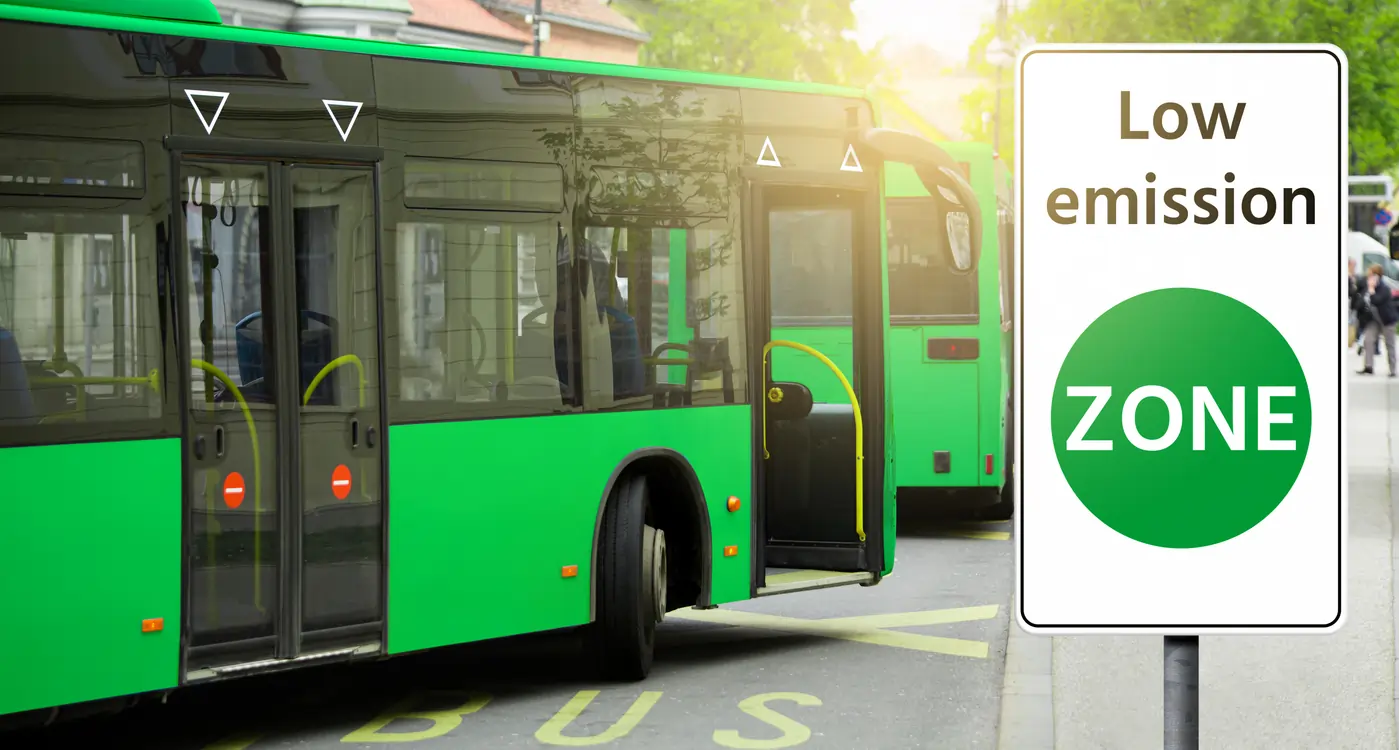
The Future of Public Transportation: Eco-Friendly Solutions
Introduction:
Public transportation plays a crucial role in sustainable urban development, providing an eco-friendly alternative to private vehicles. As cities continue to grow, the future of public transportation will rely on innovative and sustainable solutions to reduce emissions, alleviate traffic congestion, and improve the overall quality of life for residents. This article explores the future of public transportation, focusing on eco-friendly solutions that can shape the way we travel in cities.
Introduction to Public Transportation and Sustainability
Public transportation refers to shared passenger transportation services that are available for use by the general public, including buses, trains, subways, and trams. Public transportation is essential for reducing greenhouse gas emissions, as it can significantly reduce the number of cars on the road and promote more sustainable modes of transportation.
Benefits of Eco-Friendly Public Transportation
- Reduced Emissions: Eco-friendly public transportation options, such as electric buses and trains, produce fewer greenhouse gas emissions compared to traditional diesel-powered vehicles, helping to mitigate climate change.
- Improved Air Quality: By reducing the number of cars on the road, public transportation can help improve air quality in cities, reducing the health risks associated with air pollution.
- Traffic Congestion Relief: Public transportation can help alleviate traffic congestion, making roads safer and more efficient for all users.
- Cost Savings: Public transportation is often more cost-effective than owning and maintaining a private vehicle, making it a more affordable option for many people.
- Accessibility: Public transportation provides access to transportation for people who do not have access to a private vehicle, improving mobility and connectivity in cities.
Eco-Friendly Solutions for Public Transportation
- Electric Vehicles (EVs): Electric buses and trains are becoming increasingly popular as cities look for ways to reduce emissions from public transportation. EVs are quieter, produce no tailpipe emissions, and can be powered by renewable energy sources.
- Hybrid Vehicles: Hybrid buses and trains, which combine an internal combustion engine with an electric motor, offer a more fuel-efficient alternative to traditional diesel-powered vehicles.
- Alternative Fuels: Biofuels, such as biodiesel and renewable natural gas, can be used to power public transportation vehicles, reducing emissions and reliance on fossil fuels.
- Improvements in Infrastructure: Investing in infrastructure improvements, such as dedicated bus lanes, bike lanes, and pedestrian pathways, can make public transportation more efficient and attractive to users.
- Integration with Other Modes of Transportation: Integrating public transportation with other modes of transportation, such as bike-sharing programs and ride-sharing services, can provide users with more options for getting around cities.
Challenges and Considerations
- Cost: Implementing eco-friendly public transportation solutions can be costly, requiring investment in new vehicles, infrastructure, and maintenance.
- Infrastructure: Building the infrastructure necessary to support eco-friendly public transportation, such as charging stations for electric vehicles, can be challenging and time-consuming.
- Public Perception: Convincing the public to switch to eco-friendly public transportation options may require education and outreach efforts to overcome resistance or skepticism.
- Regulatory Environment: Government regulations and policies can impact the adoption of eco-friendly public transportation solutions, so it’s important for policymakers to create a supportive regulatory environment.
- Technological Advancements: Continued advancements in technology, such as improvements in battery technology for electric vehicles, will be critical for the continued growth and sustainability of eco-friendly public transportation.
Future Trends in Eco-Friendly Public Transportation
- Autonomous Vehicles: Autonomous or self-driving vehicles have the potential to revolutionize public transportation, offering increased efficiency, safety, and flexibility.
- Mobility as a Service (MaaS): MaaS platforms integrate various modes of transportation, including public transportation, ride-sharing, and bike-sharing, into a single, seamless service, making it easier for people to choose sustainable transportation options.
- Smart Cities: The concept of smart cities, which use data and technology to improve the efficiency and sustainability of urban transportation systems, will play a crucial role in shaping the future of eco-friendly public transportation.
- Innovative Design: Designing public transportation vehicles and infrastructure with sustainability in mind, such as using lightweight materials and energy-efficient systems, will be key to reducing emissions and improving efficiency.
- Community Engagement: Engaging with local communities and stakeholders to understand their needs and preferences will be essential for designing eco-friendly public transportation systems that meet the needs of residents.
Conclusion
The future of public transportation lies in eco-friendly solutions that prioritize sustainability, efficiency, and accessibility. By investing in electric vehicles, improving infrastructure, and integrating with other modes of transportation, cities can create public transportation systems that reduce emissions, alleviate congestion, and improve the overall quality of life for residents. As technology continues to evolve and urban populations grow, it’s essential to prioritize eco-friendly public transportation solutions to create sustainable cities for future generations.


